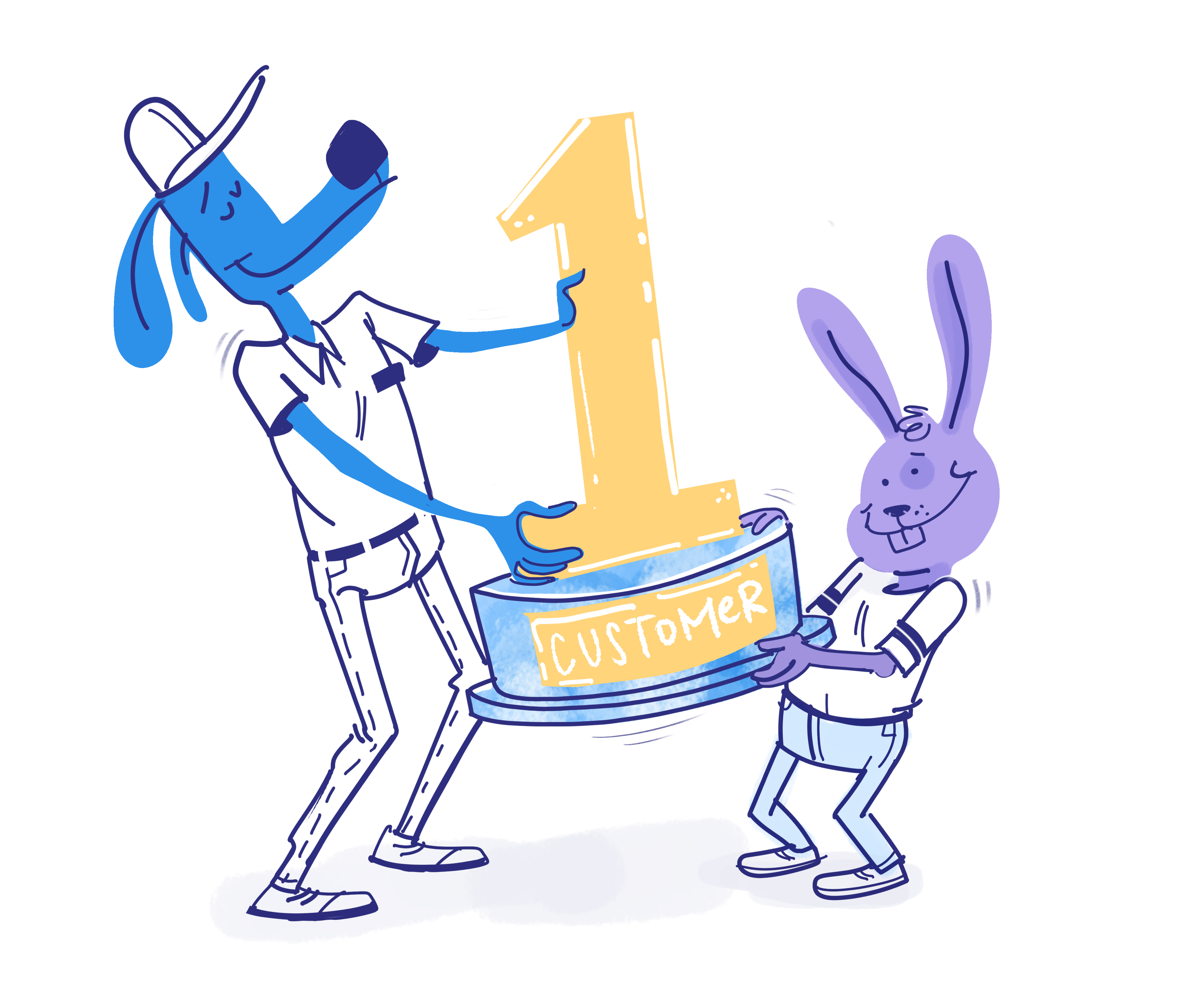You’ve created a website or blog for your business and installed Google Analytics, so what exactly do you do with it? This multifaceted service provides answers to just about every question you have regarding your site and its readers, from basics like how many people are visiting to tracking the content most used by readers, websites that are sending traffic to your site, and even how many site visitors have converted into customers.
What kinds of reports can I generate?
Google Analytics tracks the types of consumers viewing your site, how they’re getting to your site, what they’re doing while they’re there, and how many of those viewers are turning into customers.
Readers and visitors: Audience reports tell you the demographics of your site visitors, including age, gender, and language, as well as their interests.
Site traffic: Acquisition reports tell you how users ended up on your site.
How your site is used: Behavior reports track what pages on your site are most visited, how long people stay on a page, which ones are left most frequently, what people are searching on the site, and how quickly your site is loading.
How your site converts readers to customers: Conversion reports, generated when you use the Goals feature, let you know how many new customers or leads you’ve generated, and what pages and/or sites prompted visitors to reach out or complete a sale.
How can I maximize data usability?
Customizing your dashboard lets you instantly view the data most important to you the minute you log in. Google allows you to use their default dashboard, a dashboard template of your choice, or you can customize your view with up to 12 widgets. Widgets display data in various forms, including as single metrics, timelines, geomaps, and table, pie, and bar charts. If you want to track page view or active user metrics in real-time, you can do so with the counter, timeline, table, or geomap widgets.
What can I can do with the data provided?
Google Analytics provides you with the data and lets you customize what you track and how you view that data. How you use this information is up to you, but here are a few things that business owners find useful:
Determine which outside sites and social media accounts are driving the most traffic. The Advanced Segments feature lets you track traffic and conversions from specific sites, including review sites like Yelp and the social media accounts of people or businesses you’ve collaborated with. Just create a custom segment, then add the URLs you want to monitor.
Track where, exactly, users abandon their shopping cart. Find out where during the checkout process users are jumping ship by setting a URL Destination Goal Type. Add each page of the checkout process to the Use Funnel box and pinpoint where you’re losing potential customers.
Learn how many mobile users are leaving your non-mobile friendly site. If you’re trying to decide if you should bite the bullet and have your current site or blog converted to a mobile friendly version, Google Analytics can help. Under the Visitor menu, you can see how many people entered your site via a mobile device, and view the time spent on site and the bounce rate. If mobile users spend less time on your site, and have a high bounce rate, when compared to non-mobile visitors, this indicates that the lack of a mobile site is causing you to lose traffic.
Whether you just want to get a quick overview of how many visitors you have, or you’re looking for ways to further target your next marketing campaign, Google Analytics has the tools you need to track, organize and utilize data.




